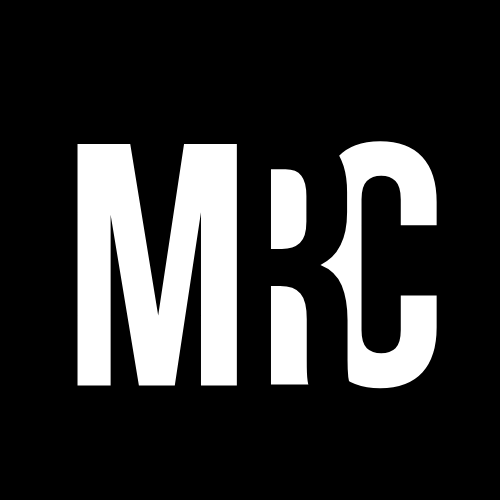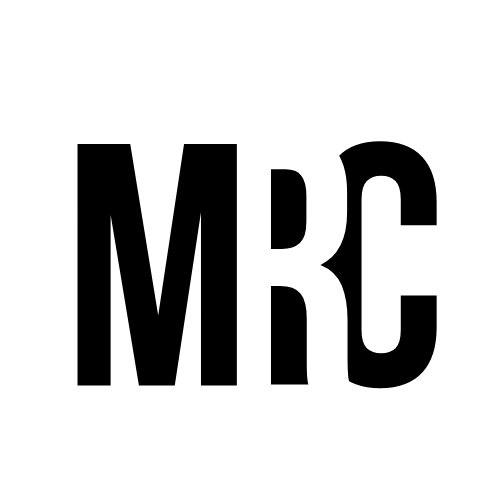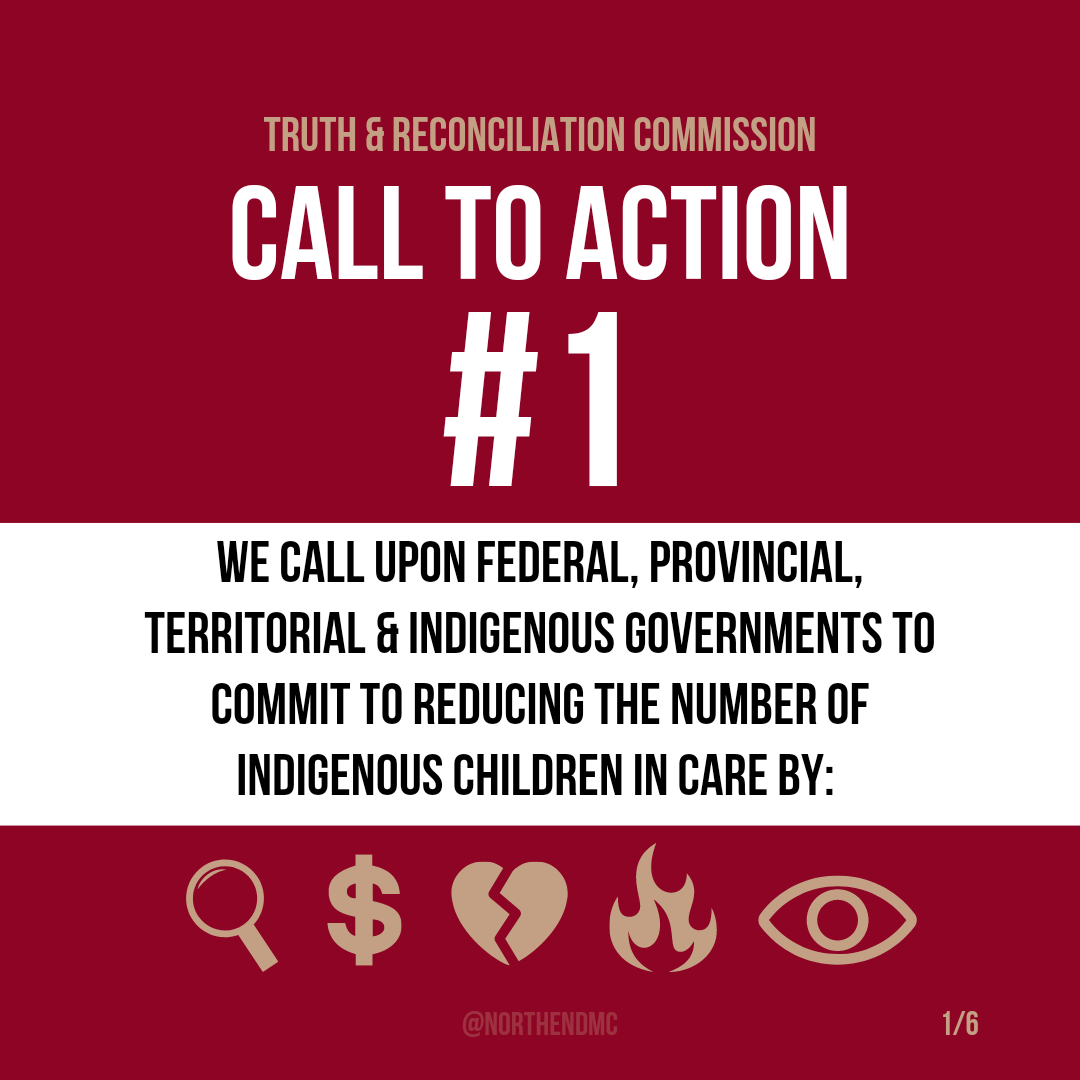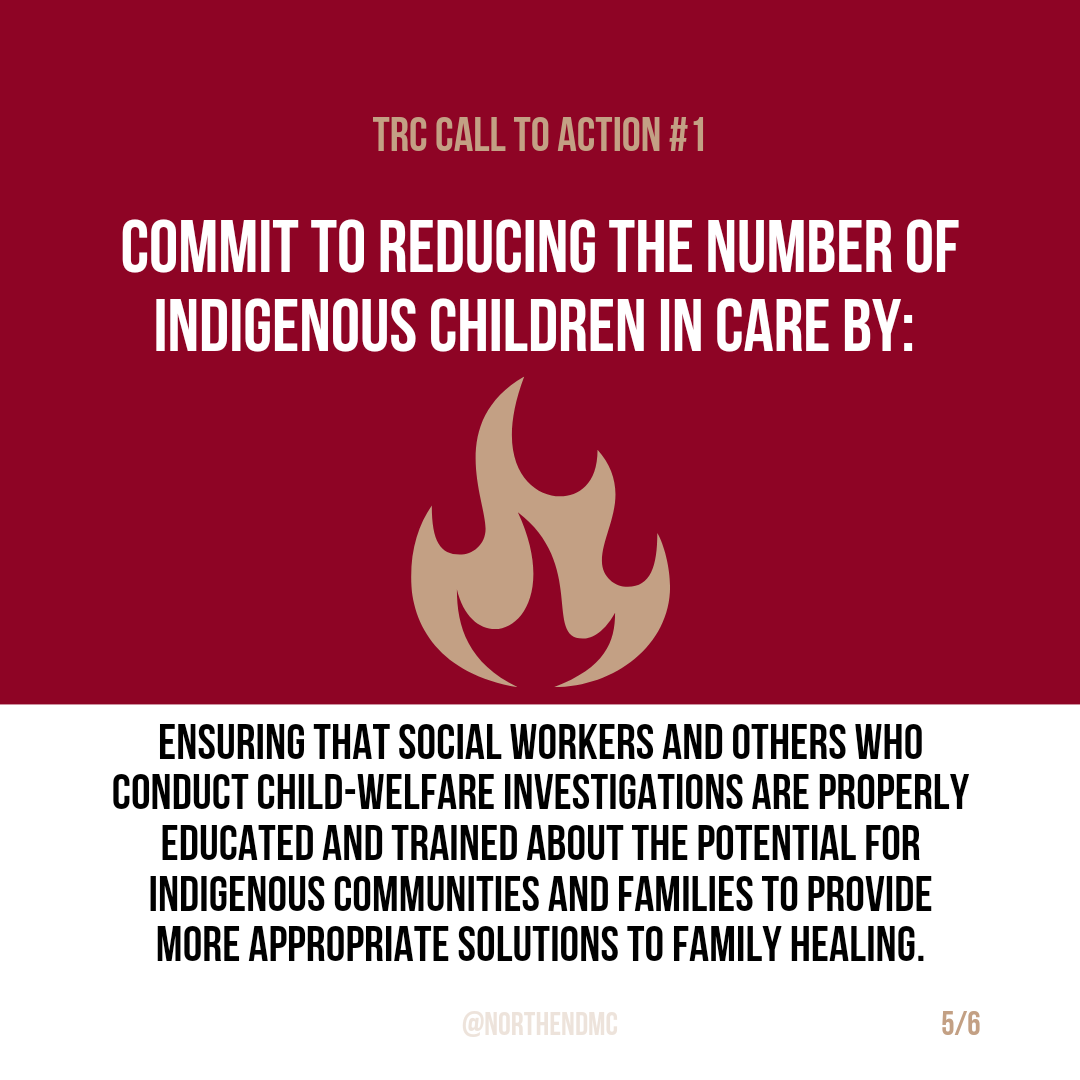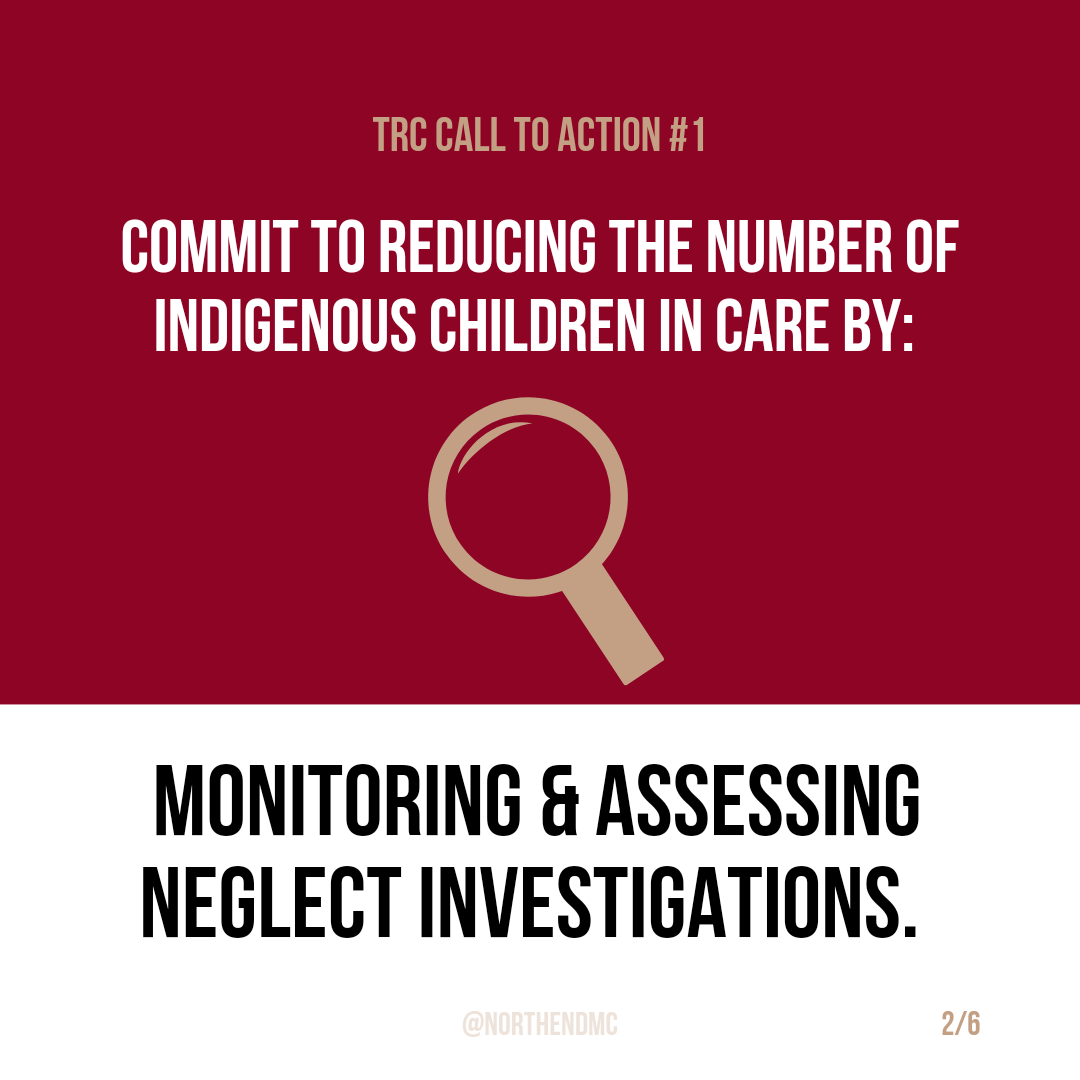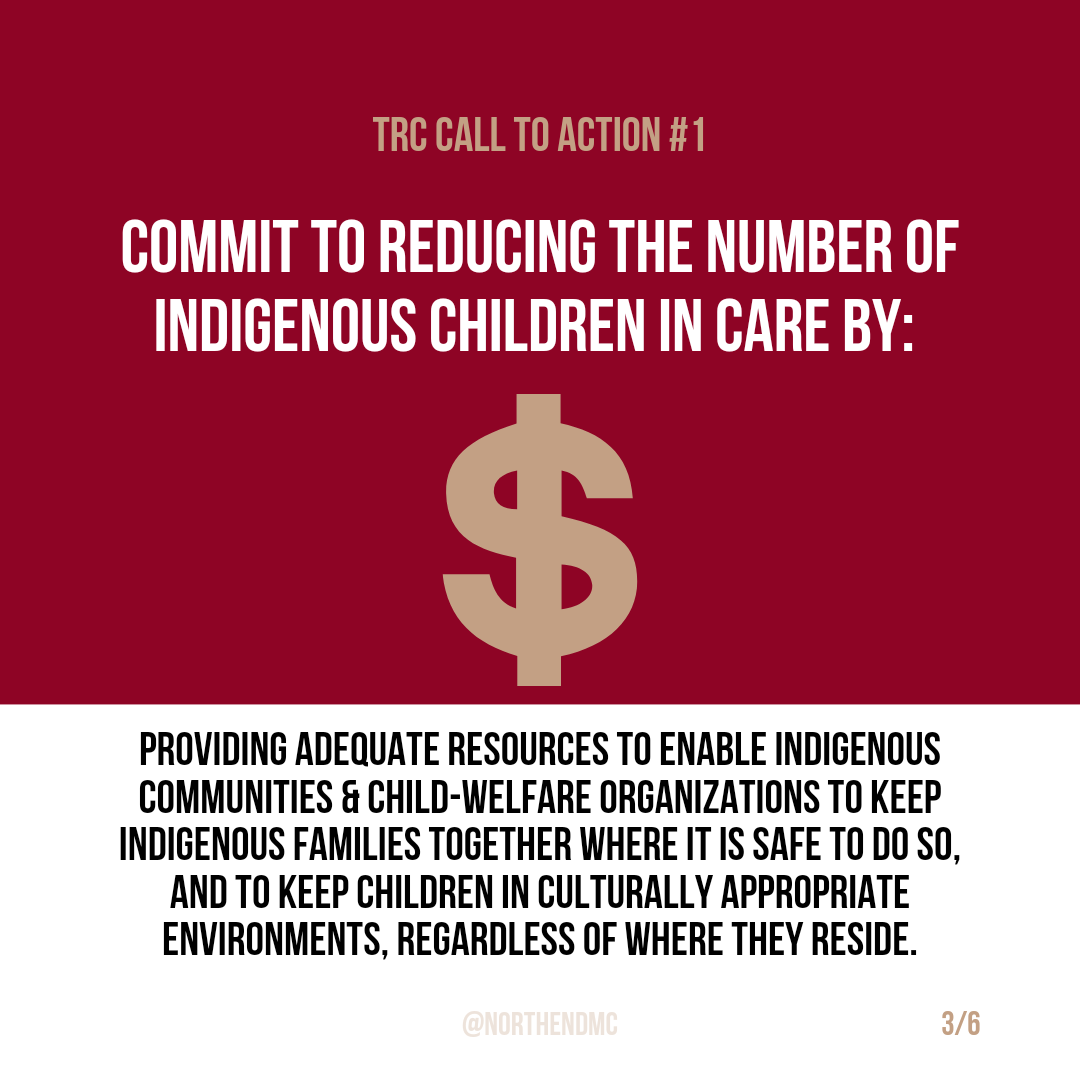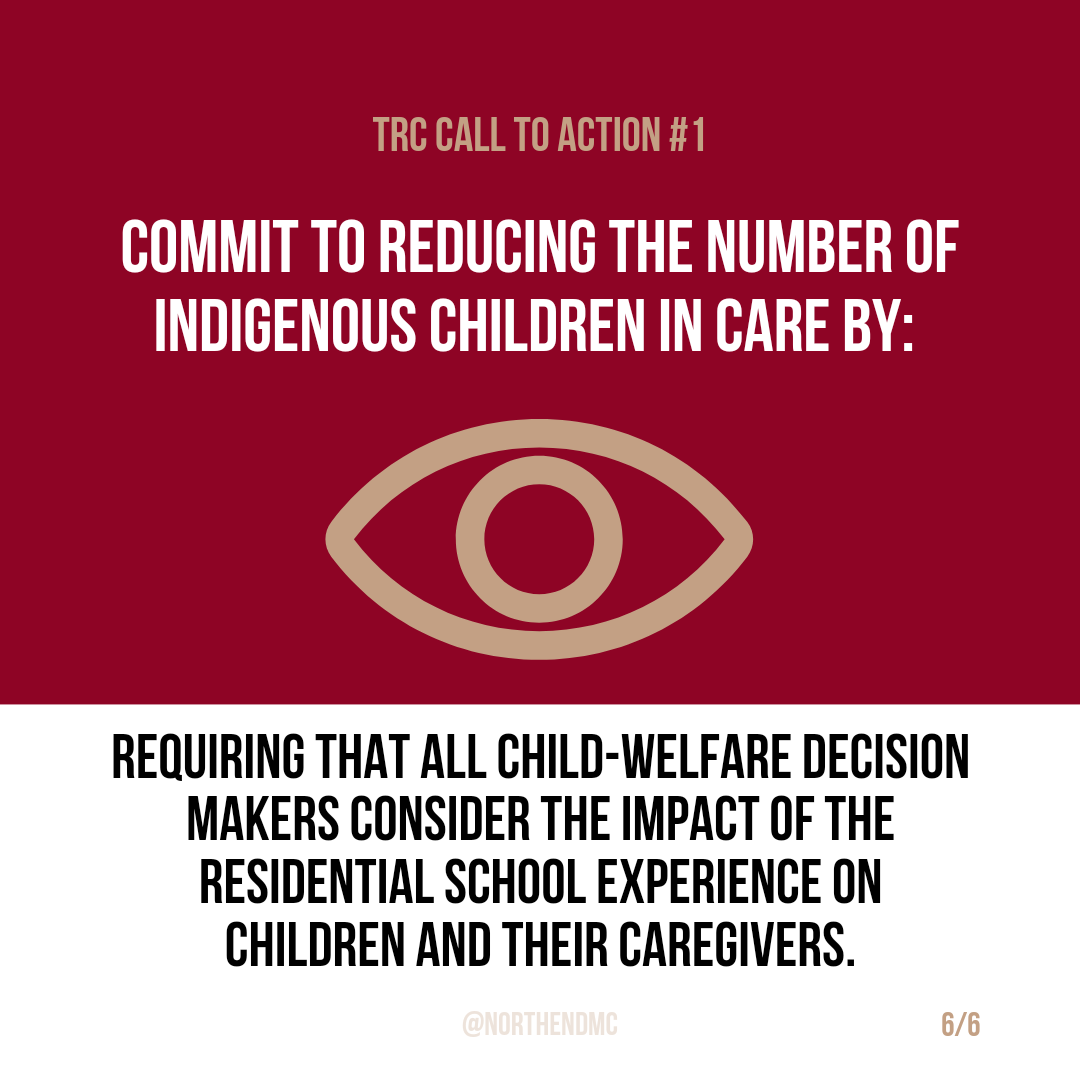#1 For A Reason
We are currently in the week of Orange Shirt Day and the National Day for Truth and Reconciliation. There are countless activities and events to participate in and many are wondering what they can do to help. I think the best thing we can all do is make sure we are on the same page and we are very fortunate to have resources that can help us!
Have you read the TRC calls to action? How about the MMIWG Calls For Justice? UNDRIP? These documents can help us take appropriate actions towards healing and justice.
Let's focus on the TRC Calls to Action. They've been out in the world since 2015. Which one(s) are you committed to personally? What about on your volunteer time? What about at work? For me, since elots of my work focuses on family reunification and supporting parents trying to get their children back from CFS, I choose TRC call to action #1.
What do we do after thousands March in the streets and wear orange shirts? I believe it is time for non Indigenous people to demonstrate that they heard what Indigenous people and families have shared and they can show us they were listening through their actions. Take direction from the multiple times my relatives participated in national processes like TRC or MMIWG, and shared their stories, trauma and pain. Non Indigenous people can be leaders in reconciliation when they amplify the suggestions, ideas and recommendations contained within those documents that come from those most affected. Non Indigenous people can be good relatives by ensuring their peers are taking this journey of truth, reconciliation, justice and action seriously by simply reading what's been written or called for and helping where possible.
So, what is the first call to action?
Here is the first call to action from the TRC:
Note: in the TRC they use the legal term "Aboriginal" as it appears in many federal and legal documents, however in my social tiles here I've chosen to replace that term with "Indigenous" as it feels more appropriate in 2022.
We call upon the federal, provincial, territorial, and Indigenous governments to commit to reducing the number of Indigenous children in care by:
i. Monitoring and assessing neglect investigations.
ii. Providing adequate resources to enable Indigenous communities and child-welfare organizations to keep Indigenous families together where it is safe to do so, and to keep children in culturally appropriate environments, regardless of where they reside.
iii. Ensuring that social workers and others who conduct child-welfare investigations are properly educated and trained about the history and impacts of residential schools.
iv. Ensuring that social workers and others who conduct child-welfare investigations are properly educated and trained about the potential for Indigenous communities and families to provide more appropriate solutions to family healing.
v. Requiring that all child-welfare decision makers consider the impact of the residential school experience on children and their caregivers.
Now that we've read the first call to action, what are we gonna do about it? What are we gonna do to ensure that every child matters is more than a hashtag? What are we gonna do to make sure the national day for truth and reconciliation isn't treated as another day off or just a long weekend? What happens when all the orange shirts go home, and the survivors and their families are left still carrying the pain and trauma, often within systems that are harming us?
I've seen immense progress in the past year within many places and people I have strong relationships with. We are moving in the right direction. But we need everyone to help if we're gonna make reconciliation and a good life for all a reality. I suggest that we start at the beginning, at call to action #1, do what we can to support parents and bring the children home.
